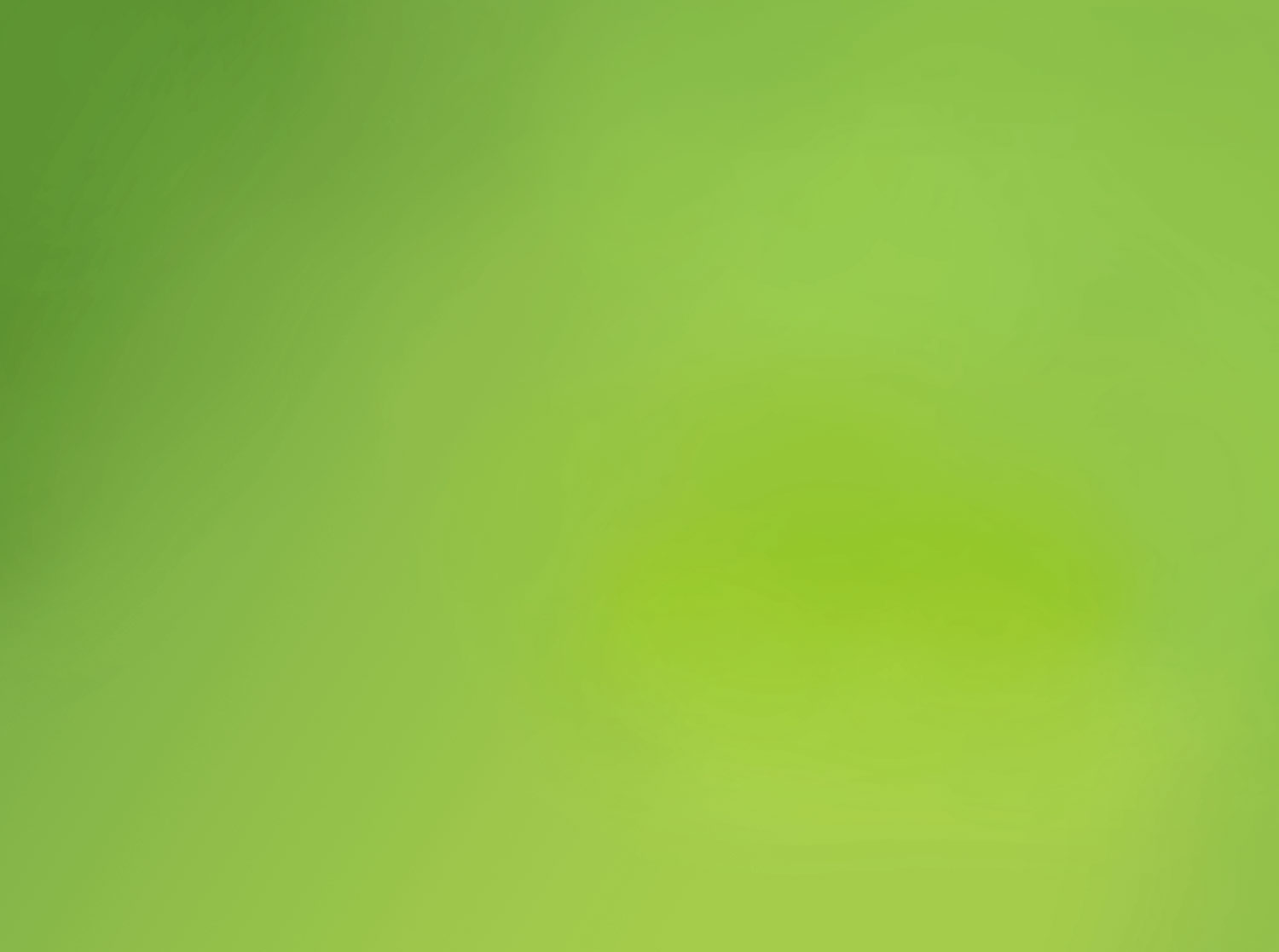

"Science is the mind of the world,
art is her soul. "
Maxim Gorki (1868-1936)
Prof. Dr. Dr. h.c. mult. Evamarie Hey-Hawkins appointed member of the Academia Europaea
The founder and advisory board of the WJH Foundation congratulate the first chairwoman, Prof. Dr. Dr. h.c. mult. Evamarie Hey-Hawkins, on her appointment as a member of the Academia Europaea.
Founded in Cambridge in 1988, the Academy aims to promote research and education in Europe, strengthen international and interdisciplinary exchange, and advise governments and international organizations on scientific issues.
The foundation was established in December 2016 as a non-profit, dependent foundation affiliated with the German Chemical Society) . The underlying idea is that art and chemistry should mutually enrich each other. The founder, Dr. Wolfgang Johannes Hönle, therefore sees the GDCh as the perfect trustee.
In keeping with Wilhelm Ostwald 's vision of bridging borders, the foundation aims to foster cooperation and a better understanding between art and culture on the one hand and chemistry in science and research on the other by funding diverse projects.
The founder, Dr. Wolfgang Johannes Hönle, worked in the fields of inorganic chemistry and solid-state research. For many decades, he was active in solid-state research for the Max Planck Society and in the planning and operation of research institutes.
Extensive art collections and capital assets were contributed to the foundation. The art collections comprise a total of approximately 6,500 graphic works and originate from the founder's private collection. They were incorporated into the foundation's assets and presented to the University of Trier on permanent loan. The foundation's capital assets stem largely from the legacy of the founder's mother, Edith Hönle (1923-2009), who selflessly preserved and passed on the family legacy. This legacy also made the development of the art collections possible.
The founder, Dr. Wolfgang Johannes Hönle, is particularly keen to make quick and unbureaucratic decisions regarding funding. The decision-making body is the foundation's board of trustees. Interdisciplinary projects are to be given special support.
Through the further development of the collections from the founder's private holdings, which were incorporated into the foundation's assets and placed on permanent loan to the University of Trier. The value of the collections can be increased through acquisitions and exchanges. Exhibitions and/or permanent loans to other suitable institutions are planned. There are also plans to produce publications on these collections and to research the objects within the framework of projects.
Awarding grants for research projects by diploma students, doctoral candidates, postdoctoral researchers and professors (m/f/d) in the field of solid state research (chemistry, physics and materials research) as well as dissemination of results in the field of solid state research through appropriate public relations and press reports.
In the middle of the First World War in October 1916, Wilhelm Ostwald (1853-1932) wrote the foreword to his "Color Primer" in Großbothen/Sa., which was published in the same year with 1200 copies and soon became a bestseller in today's sense of the word. It contained 8 drawings and 192 color samples, which were not printed but made from pigment spreads, partly by the author himself, partly "made by hand under his direct supervision, and are therefore much more accurate than printed ones could be at that time." In 1917, Ostwald was able to publish the 2nd and 3rd editions within a few months, followed by the 4th and 5th editions in May 1920.
The new edition of the "Color Primer", published on the occasion of Ostwald's 170th birthday, based on the 4th and 5th editions, which Ostwald himself described as a completely revised edition, contains nine drawings and 238 color samples. This new edition is "truffled" by an extensive afterword by Eckhard Bendin (*1941), a recognized expert on Ostwald's work on color and himself the author of numerous articles on color theory. The double cone after Wilhelm Ostwald shown on page 57 in Fig. 5 has been part of the permanent loan from the Wolfgang Johannes Hönle Foundation "Art and Chemistry" at the GDCh to the Custody of the TU Dresden since 2022.
Chair: Evamarie Hey-Hawkins, Prof. Dr. Dr. hc mult. (em.) University of Leipzig
Deputy Chair: Dr. WJ Hönle, Ettlingen
members:
Dr. Matthias Urmann, Sanofi Aventis, GDCh former president
for Prof. Dr. Stefanie Dehnen, GDCh President 2024/2025
Dr. Michael Maeder, State Art
Dresden collections
Susanne Bauer, Dipl. Cultural Scientist
The special issue can be downloaded from the Wilhelm Ostwald Society website.
The statutes of the Wolfgang Johannes Hönle - Art and Chemistry Foundation for reading
Dr. Ralph Wieneke
Varrentrappstr. 40 - 42
60486 Frankfurt aM
Tel. +49 69 7917-311
Fax +49 69 7917-1311
E-Mail: r.wieneke@gdch.de
This page has been machine translated. If you have any feedback or comments please feel free to contact us. 
last modified: 11.11.2025 15:13 H from R.Wieneke